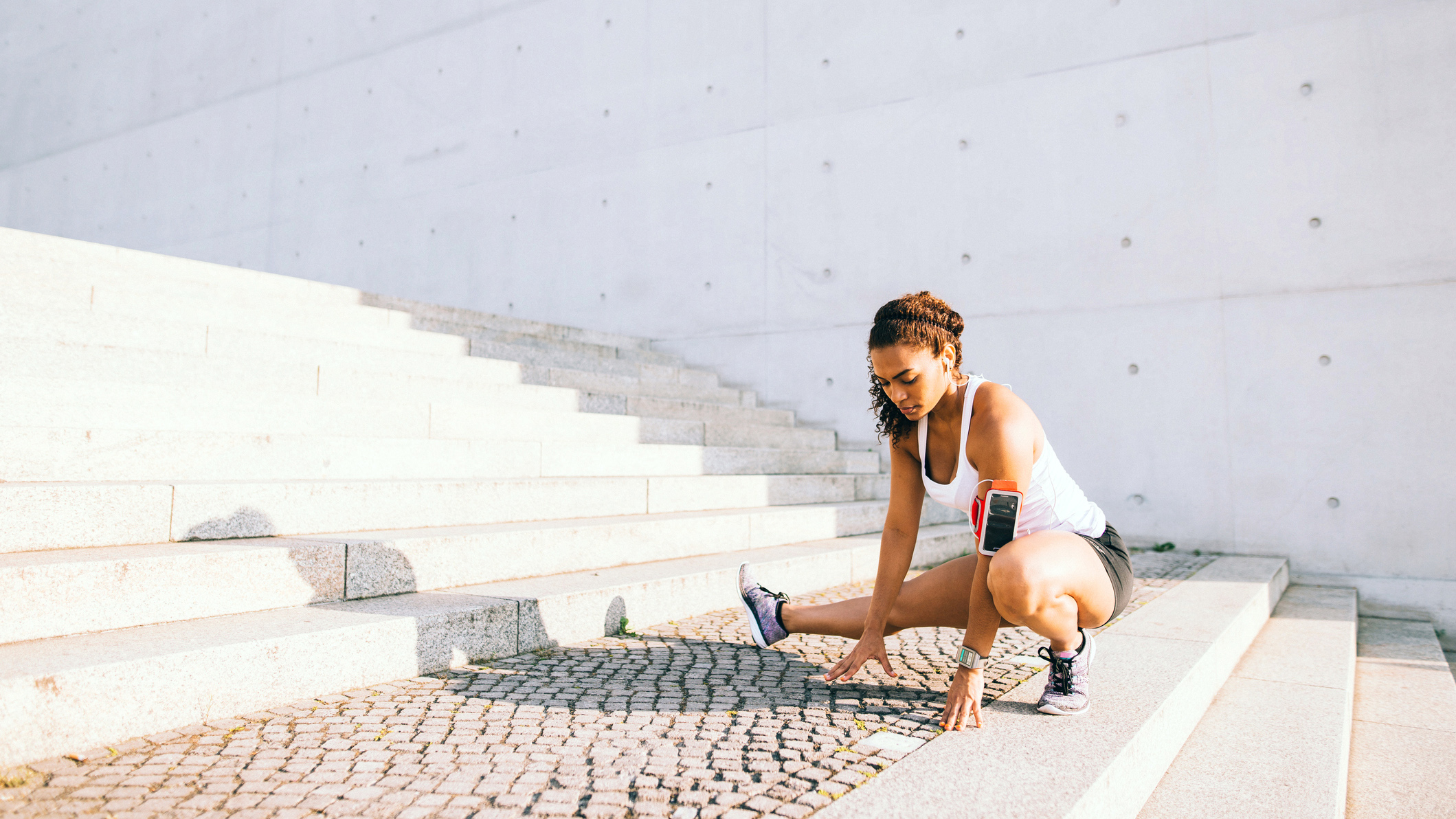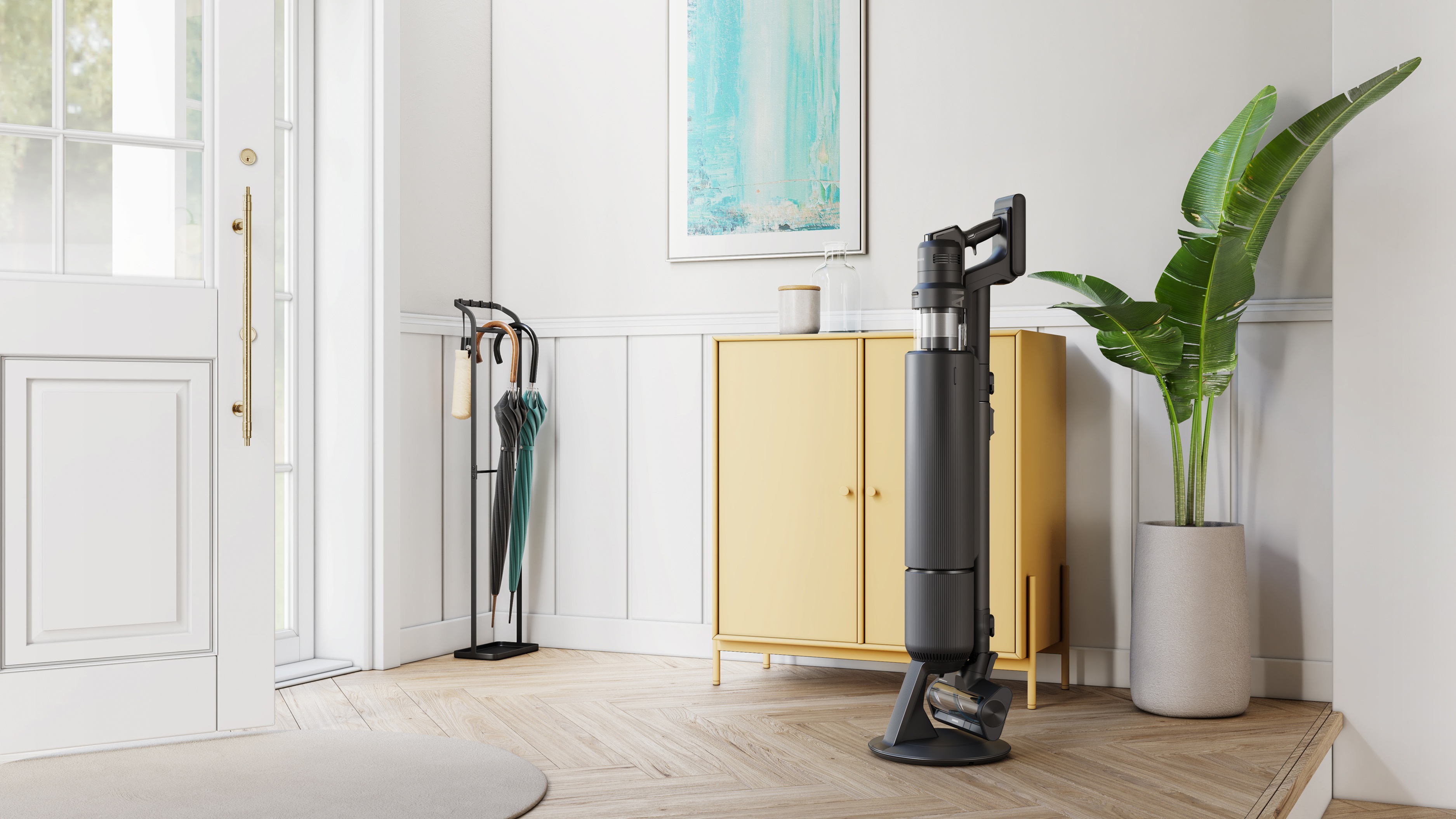

Some people stretch to get more flexible while others – me included – do it because they have to, otherwise, they might have to undergo surgery. Whatever your reason, stretching frequently has many benefits and can seriously improve your fitness level, but you must incorporate it into your daily routine. What helped me become more flexible is following the three simple tips I'll explain below.
Don't get me wrong: I'm far from being flexible, but I'm less stiff than I used to be. I have mild scoliosis and often do bodyweight exercises to ease back pain, and some of these include stretches. However, to feel less restricted in my body, I also have dedicated stretching sessions early morning or late afternoon. It helps me relax and work out more efficiently, not to mention the recovery benefits. Especially the late afternoon sessions help me sleep better, which is critical for recovery.
Even knowing all this, most people spend zero minutes stretching a week. Why? It feels a bit of an effort, twisting your body into positions you might feel uncomfortable in at first. The good news is that sensation disappears soon after you do a few stretching sessions, and to help you get there, I recommend doing the below three things. These are simple tips that will help you build healthy habits over time.
1. Do it everyday
Stretching sessions don't have to last long. A simple full-body stretch can be performed in under five minutes and help you loosen a bit. Stretching is similar to resistance training; you should vary intensity and workout length to allow your body to rest and recover from previous sessions.
Most people who have office-based jobs spend hours sitting in a chair, followed by sitting on a sofa all evening watching Netflix or Disney+. And while not many people have dedicated gym spaces in their workplaces – I don't, sadly, despite my efforts – there is no reason you can't loosen up your neck, lower back and hamstrings in the afternoon at home.
Set a reminder on your smartphone for 6 PM and get down on that yoga mat to stretch, even if it's just for 10-15 minutes. After a few weeks, your body will prompt you without the need of an alarm that it's time to stretch.

2. Relax into it
It took me a few stretching sessions to notice how forcefully I tried to bend my body to match the instructor's pose. My limbs were aching, and I'm sure I did more damage to my body than good by over-stretching. Once I noticed this, I tried breathing into each exercise and allowing my body to twist and turn as much as possible without applying force.
Sign up to the T3 newsletter for smarter living straight to your inbox
Get all the latest news, reviews, deals and buying guides on gorgeous tech, home and active products from the T3 experts
It's a vicious cycle: trying to be flexible by following the advice of people who are way more flexible than you are and injuring yourself in the process, which sets you back. Especially if you're older, it'll take some time for your body to adjust and the tendons to lengthen. As always, there is no silver bullet that'll let you do the splits overnight; you have to put the hours in and eventually, you'll become more flexible.
Find the pose that works for you, even if it doesn't quite look the same as what you see in the instructional video. Focus on the part of the body you're working on and try to relax the muscles in the area. Take deep breaths, and at each out-breath, relax your body further.
3. Apply pressure gradually
Just like how it takes a few reps for your muscles to get fired up, you'll get flexible gradually throughout the length of the session. Even if you can touch your toes by the end of the stretching workout, it doesn't mean you'll be able to do it first thing in the morning the day after.
I like to start my workouts with a bit of foam rolling; foam rollers are brilliant in eliminating tension from the legs and the back. I only do a few rolls at the beginning and move on to the stretching part of the workout. If I notice a weak spot or an area that can use a bit more tender loving care, I get out my massage gun and bomb down on it.
It's important to note that I don't use massage guns for warm-ups or even cooldowns; I think they work best during the workout. After the training, the muscles and tendons are worked to their limits; battering them with a pneumatic device won't help them relax. Some gentle foam rolling might help, though.
Speaking of pneumatic devices: a new addition to my recovery arsenal is the Therabody RecoveryAir JetBoots – I can't get enough of them. I use them separately and not as part of my stretching routine, but I'd like to think they help recover lower limbs after any workout, including stretching.
Even if you haven't got any of the above tools, make sure you be careful and listen to your body.
FYI, foam rollers aren't expensive; just have a look at today's best foam roller deals below.

Matt Kollat is a journalist and content creator who works for T3.com and its magazine counterpart as an Active Editor. His areas of expertise include wearables, drones, fitness equipment, nutrition and outdoor gear. He joined T3 in 2019. His byline appears in several publications, including Techradar and Fit&Well, and more. Matt also collaborated with other content creators (e.g. Garage Gym Reviews) and judged many awards, such as the European Specialist Sports Nutrition Alliance's ESSNawards. When he isn't working out, running or cycling, you'll find him roaming the countryside and trying out new podcasting and content creation equipment.
-
 Garmin’s on a mission to update your wrist into oblivion as 100+ tweaks land on Fenix and Enduro watches
Garmin’s on a mission to update your wrist into oblivion as 100+ tweaks land on Fenix and Enduro watchesThe latest beta update looks comprehensive
By Matt Kollat Published
-
 5 reasons you should be excited about the brand new Samsung Bespoke AI Jet Ultra
5 reasons you should be excited about the brand new Samsung Bespoke AI Jet UltraNot sure if it’s obvious... but I can't wait to try it
By Lizzie Wilmot Published